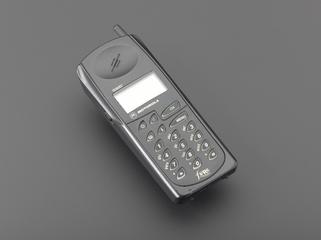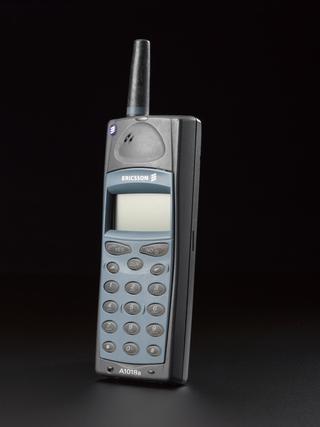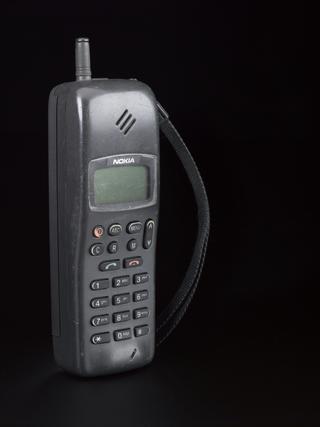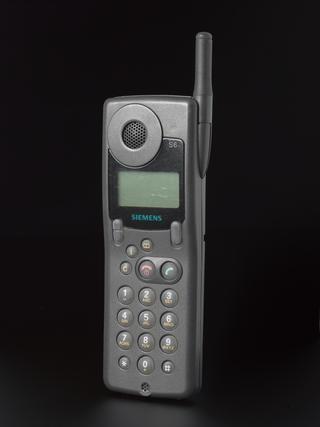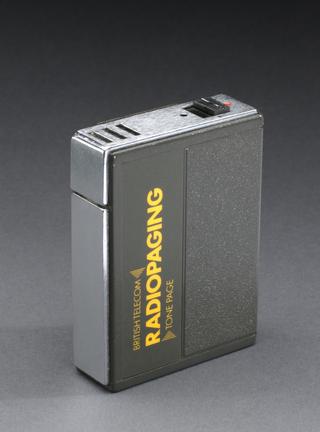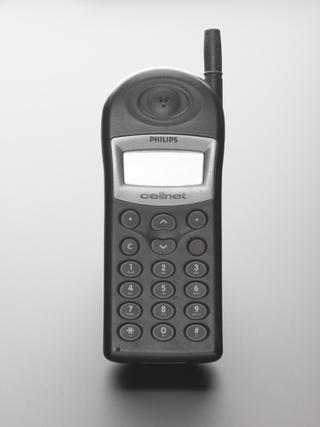
Siemens Morse inker, 1862










Siemen's direct writing Morse inker, made by Siemens Brothers and Company Limited, England, 1862.
Early telegraph recorders created embossed tape, which was difficult to read. This telegraph receiver marked the incoming messages on paper strips, known as slip, in ink, giving greater legibility. It was also more sensitive than earlier telegraph embossers. An electromagnet controlled a constantly-inked wheel, which, when a current was received, was pressed against the moving paper slip, thus marking a series of dots and dashes that formed the message.
Details
- Category:
- Telecommunications
- Object Number:
- 1876-1291
- Materials:
- wood (unidentified), plastic (unidentified), glass, copper (alloy) and metal (unknown)
- Measurements:
-
overall: 250 mm x 433 mm x 285 mm, 11.31 kg
- type:
- telegraph
- credit:
- Donated by HM Postmaster General
